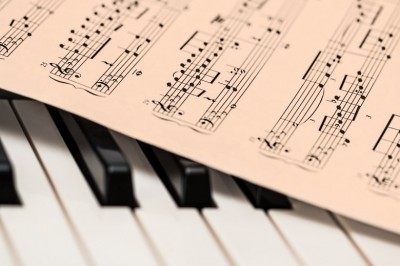A Look Into Antique Furniture
Victorian. Renaissance Period The most popular furniture style during this era is the Tudor furniture, which was influenced by European style. Tudor furniture was usually made from oak and was greatly influenced by Medieval and Gothic designs. Most pieces of furniture produced during this period are beds, chests, tables, stools, benches and chairs. Carvings that can be found in Tudor furniture are usually Gothic-inspired designs. Another furniture style that emerged during this era is the Elizabethan style. Furniture makers in England during the time of Queen Elizabeth were greatly influenced by their Italian counterparts. Aside from oak, the type of wood that was also commonly used during this period was walnut. Furniture was still unadorned and somewhat bare during this period. Instead of ornate chairs and tables, people preferred to show their opulence and extravagance through their tapestries, carpets, fine linen, needlework, embroidered cushions, silk hangings and brass or pewter cups. During the latter part of the Renaissance period (1602-1649), Jacobean style emerged. The design of furniture became simper and restrained in comparison to the Elizabethan period. In the US, this type of furniture is often called Pilgrim furniture. During the early part of the Jacobean era, wood dominated the furniture scene. However, during the time of Charles I, padded upholstery and more intricate embroidery became vogue. Some say that Moorish influence can also be seen in furniture styles during this period. Furniture pieces during the renaissance period are very rare and valuable. Most of the pieces of furniture that are preserved nowadays can be seen only in museums. Baroque The English style of furniture during the early part of the baroque period was called Restoration or Carolean. This is the period when Charles II regained the throne. Instead of oak wood, people prefer mahogany and walnut for their furniture. French and Dutch art also greatly influenced this period. Canned seats, twisted legs, veneering and engraved scrolls are evident in the furniture pieces during this time. The latter part of the Baroque period, during the rule of William and Mary, and Queen Anne, was considered as the golden era of English antique furniture. Ebony and walnut veneers and fine cabinetmaking became popular, as well as trumpet-shaped legs. This is also the time when foreign-studied English craftsmen began to experiment with their own styles and designs. Rococo Style Gregorian furniture design was developed during the Rococo period. Early Gregorian pieces were still influenced by Queen Annes design. However, the designs at the time were richer and more intense. During mid-Gregorian era, mahogany completely outshined walnut as the wood of choice. Although the French and Gothic styles were evident during this period, English furniture makers were becoming more experimental with ornately designed mirrors and chairs with ribbon backs. Late Gregorian design can be characterized back to the classical style. In fact, some call this period the neo-classical period. Columns, ovals, vertical designs, circles and urns were espoused by Adam and other famous designers, such as Chambers and Stuart. Eclectic (Victorian Era) So much revival of different styles took place during the Victorian period. As a result, you will find the combination of classic and contemporary styles in one piece of furniture. This is also a period when machines were started to be used to produce mass furniture. During the late Victorian period, the Arts and Crafts Movement was founded to resist the increasing influence of mass produced furniture. As a result, classical designs were revived and fused with the avant-garde style. Furniture pieces during this period were dominated by stained green or black solid wood with straight lines. For tips on fleas on dogs and how to kill fleas, visit the About Animals website.




















